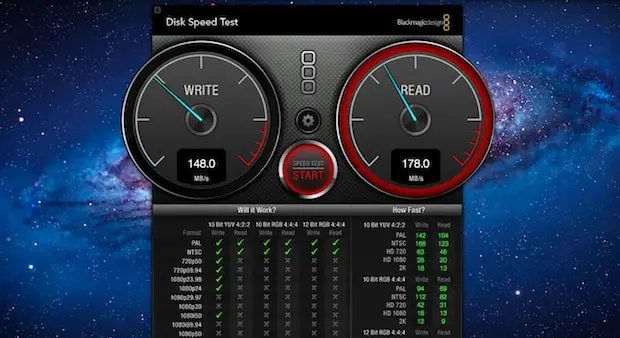
Second, putting the max GHz processor in your Mac would be more taxing on your battery and in some cases could even lead to overheating. So why not always get the highest number possible? Well, first, it’s the cost: in general, you pay more for a processor with more GHz. Naturally, the higher the number the more operations your Mac can complete.

All the contemporary CPUs are so fast that they are measured in gigahertz (GHz), or billions of cycles per second. In general, hertz (Hz) is a measurement of frequency or, as often defined, cycles (of something) per second.

It denotes your processor’s generation.Īfter you’ve finally found out the exact specs of your Mac’s CPU, let’s break it down into specific details to be able to conduct a proper processor speed comparison.

There’s a special trick you need to know to find it: You might also notice that the generation of your processor is not specified. Now you can see that your MacBook could be running on a dual-core 2.7 GHz Intel Core i5, for example.

Here’s a brief overview of all the variable parts that comprise a processor: Moreover, with new technological breakthroughs happening every year, a MacBook Air processor from 2021 is a completely different beast to the one made in 2016. Try free What Are The Different MacBook Pro Processors?Īs mentioned above, processors vary not only between Mac models but also within the same model too.


 0 kommentar(er)
0 kommentar(er)
